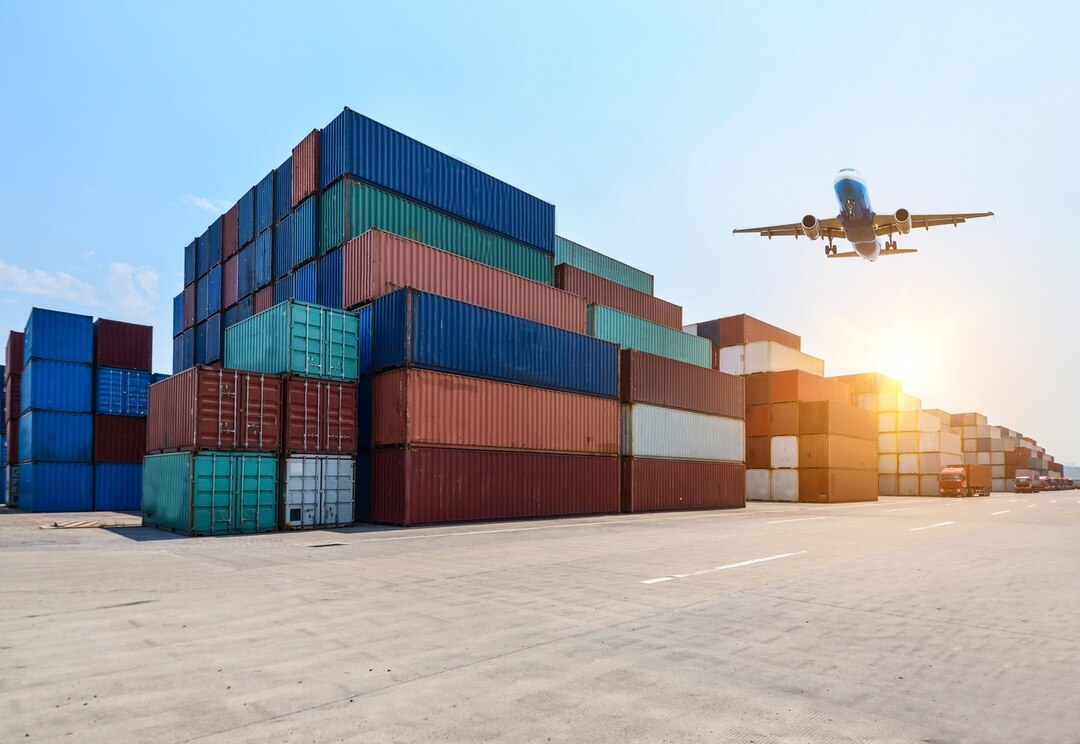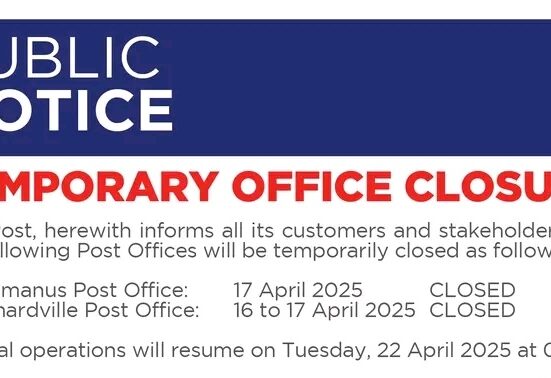Namibia, known for its vast landscapes and natural resources, has built a robust export economy that supports its national GDP. As we step into 2024, several key sectors are emerging as leaders in Namibia’s export market. This article explores Namibian exports to watch in 2024, highlighting the opportunities they present and why they matter on the global stage.
1. Diamonds and Precious Stones
Namibia is globally renowned for its high-quality diamonds, particularly those sourced offshore. The partnership between De Beers and the Namibian government under the Namdeb Holdings ensures sustainable mining and boosts export revenues. In 2024, with the global demand for ethically sourced gems rising, Namibia’s diamond exports are set to remain a cornerstone of its economy.
2. Uranium
Namibia is one of the top producers of uranium worldwide, and the commodity’s demand is increasing due to the global shift towards nuclear energy as a sustainable power source. Mines like Husab and Rössing play a pivotal role, and as countries pursue cleaner energy solutions, Namibia’s uranium exports are expected to flourish in 2024.
3. Fish and Marine Products
Namibia’s rich marine resources make it a leader in fishing exports, especially hake and horse mackerel. The country’s strict adherence to sustainable fishing practices makes it a favored supplier globally. In 2024, efforts to tap into new markets in Asia and Europe could further bolster Namibia’s fisheries sector.
4. Beef and Meat Products
Namibian beef is prized for its grass-fed, free-range quality and is exported to lucrative markets like the European Union and China. The recent expansion of export agreements, particularly with Middle Eastern countries, positions Namibian beef as a major player in the global market in 2024.
5. Salt
Walvis Bay’s salt production is among the largest in Africa, and Namibia exports significant quantities to neighboring countries and beyond. With increasing industrial and food-grade salt demand globally, this sector is poised for significant growth in 2024.
6. Charcoal
Namibia has become a key exporter of sustainable charcoal, particularly to European markets. As global consumers focus on eco-friendly and renewable energy sources, Namibia’s FSC-certified charcoal offers a competitive advantage.
7. Copper and Base Metals
The mining sector extends beyond uranium and diamonds to include copper and other base metals. Namibia’s Tsumeb Smelter and recent explorations show promise for increasing copper exports, fueled by the demand for materials used in renewable energy systems and electric vehicles.
8. Crafts and Tourism-Related Goods
The rise in global appreciation for authentic, handmade crafts provides an opportunity for Namibian artisans. Products such as woven baskets, traditional jewelry, and other cultural artifacts are gaining attention, especially in Europe and North America.
9. Oil Exploration Products
Recent discoveries of oil off Namibia’s coast have garnered international interest. While still in its early stages, 2024 could see significant exports of crude oil, attracting foreign investment and creating a new frontier for Namibia’s economy.
10. Wildlife and Ecotourism Services
Though not a traditional export, Namibia’s ecotourism services attract international visitors and revenue. Safari packages, conservancies, and wildlife-related activities form a “service export” that is expected to thrive in 2024.
Driving Factors Behind Namibian Export Growth
Namibia’s success in these export sectors is attributed to several factors:
- Strategic Location: With access to the Atlantic Ocean, Namibia has well-established ports like Walvis Bay, which facilitate efficient trade routes to Europe, Asia, and the Americas.
- Government Initiatives: Policies promoting sustainable development, export diversification, and public-private partnerships have fostered growth in key sectors.
- Global Trends: Rising demand for sustainable, ethically sourced, and eco-friendly products aligns perfectly with Namibia’s offerings.
Challenges to Address
While the outlook is promising, challenges such as limited local processing facilities, infrastructure gaps, and fluctuating commodity prices must be addressed. Efforts to add value to raw materials before export could significantly increase revenues and create jobs locally.
Namibia’s export landscape in 2024 is marked by innovation, sustainability, and growth. From traditional commodities like diamonds and beef to emerging markets in oil and eco-friendly products, Namibia continues to position itself as a global trade hub. By addressing challenges and leveraging opportunities, Namibia can ensure its exports remain competitive and contribute significantly to its economic growth.
Investors, policymakers, and traders should keep a close eye on these promising sectors, as Namibia solidifies its place on the global economic map.













